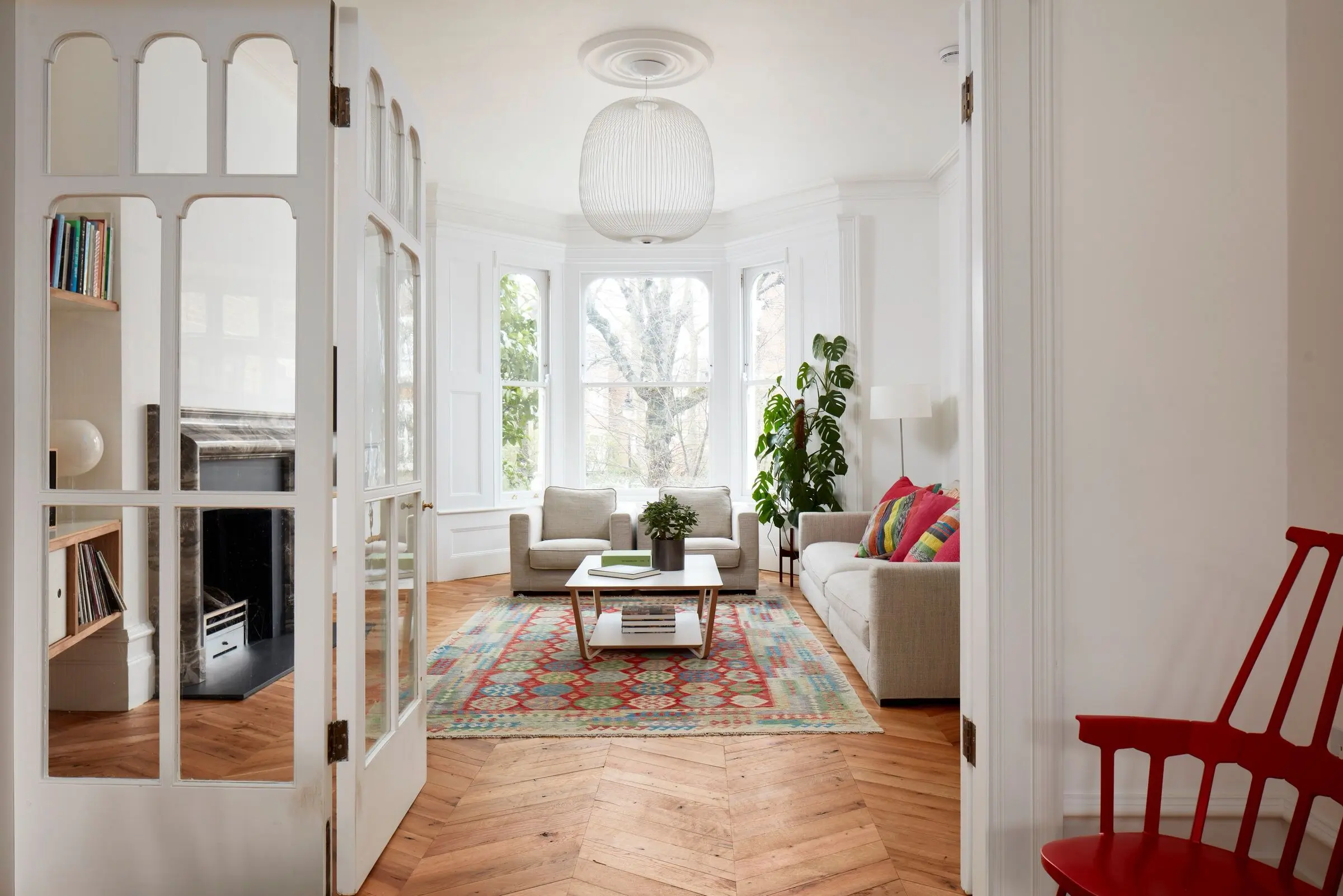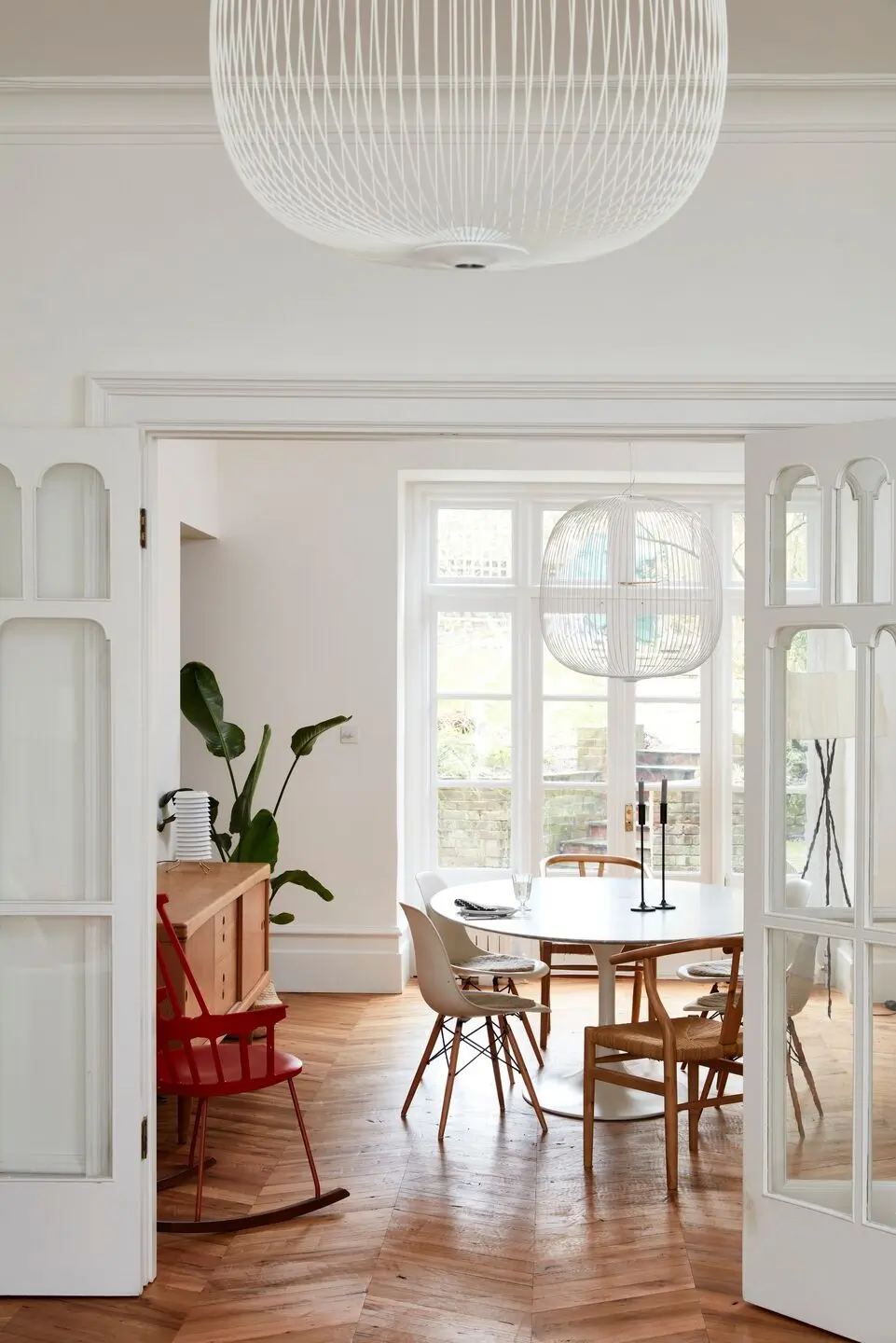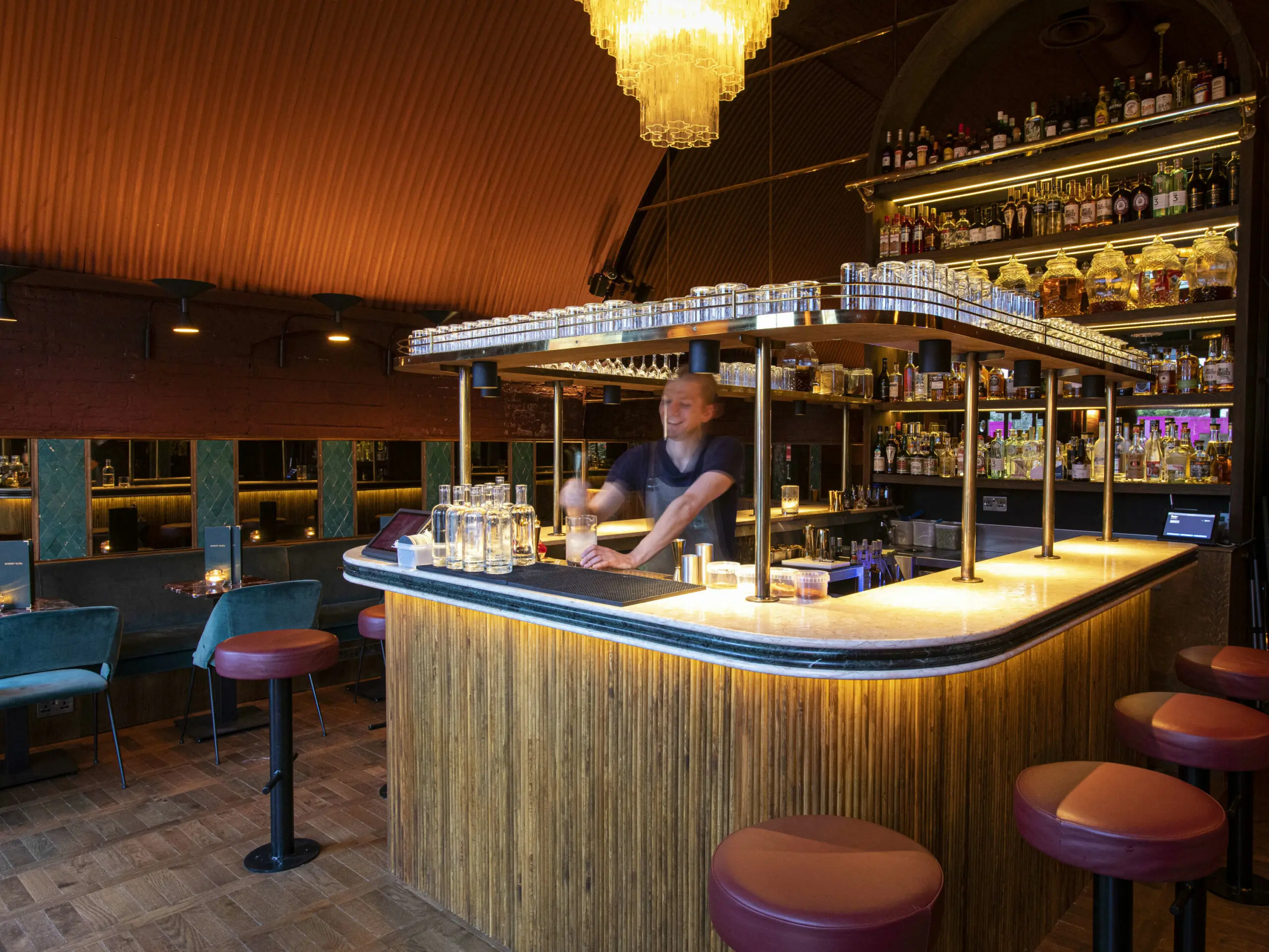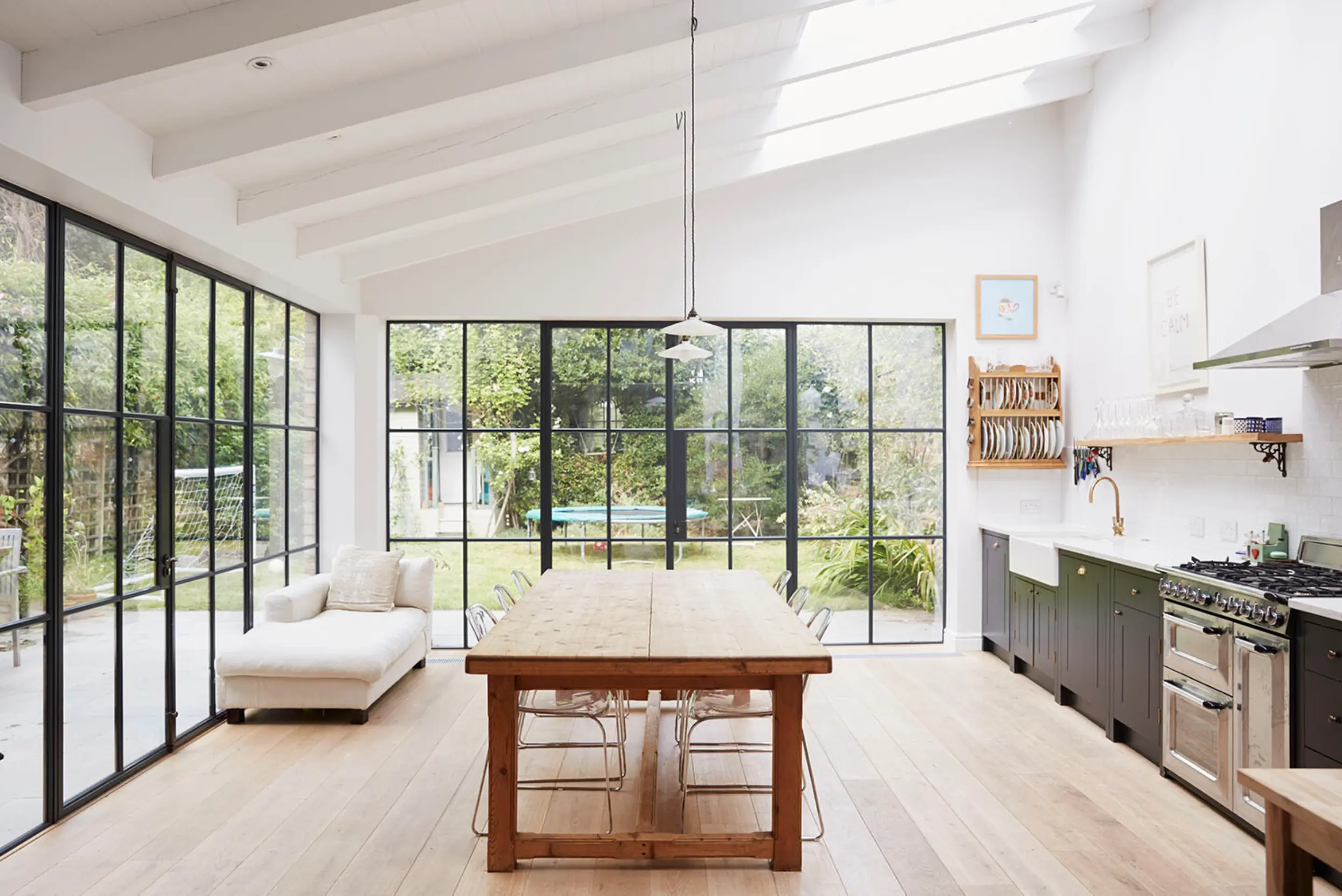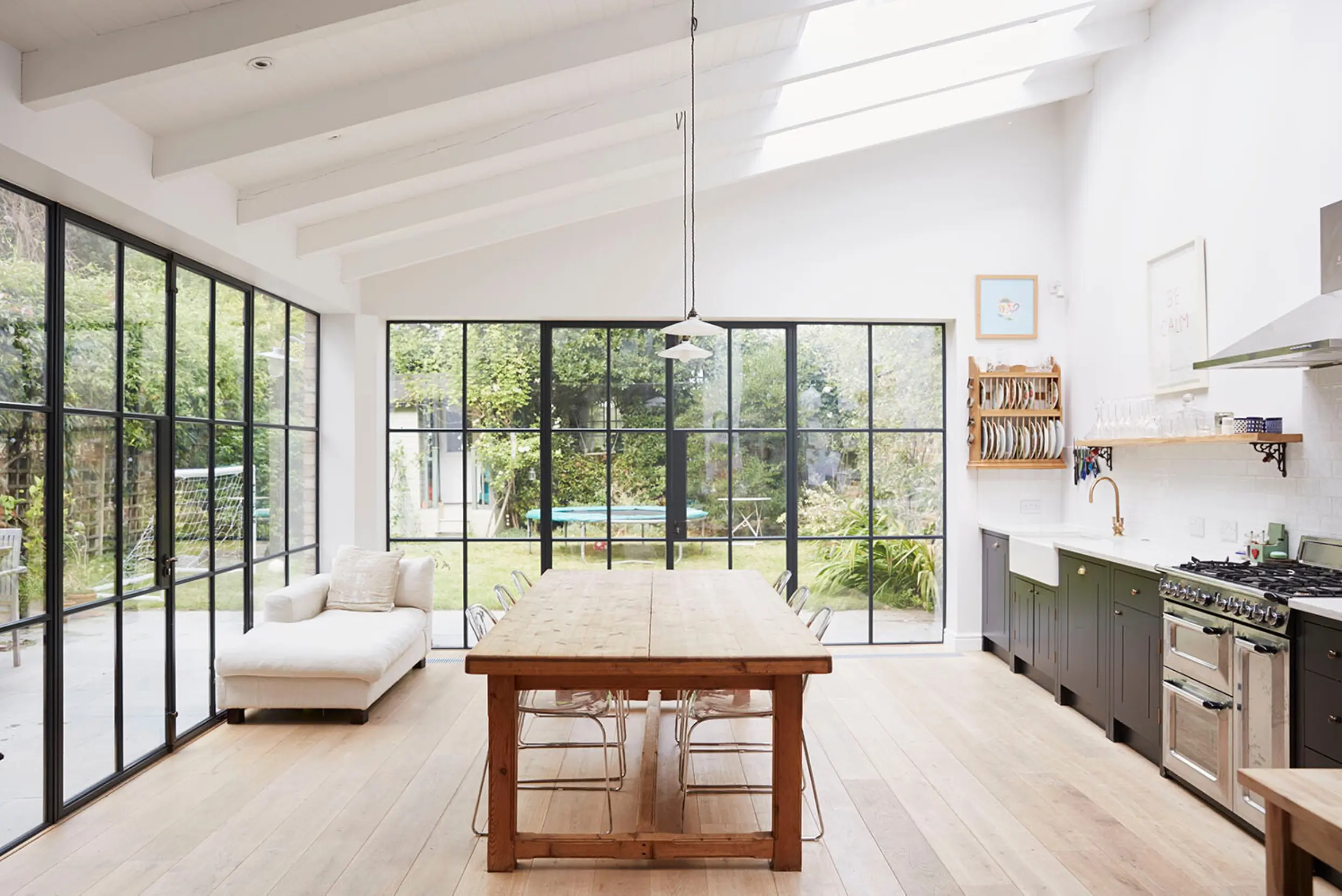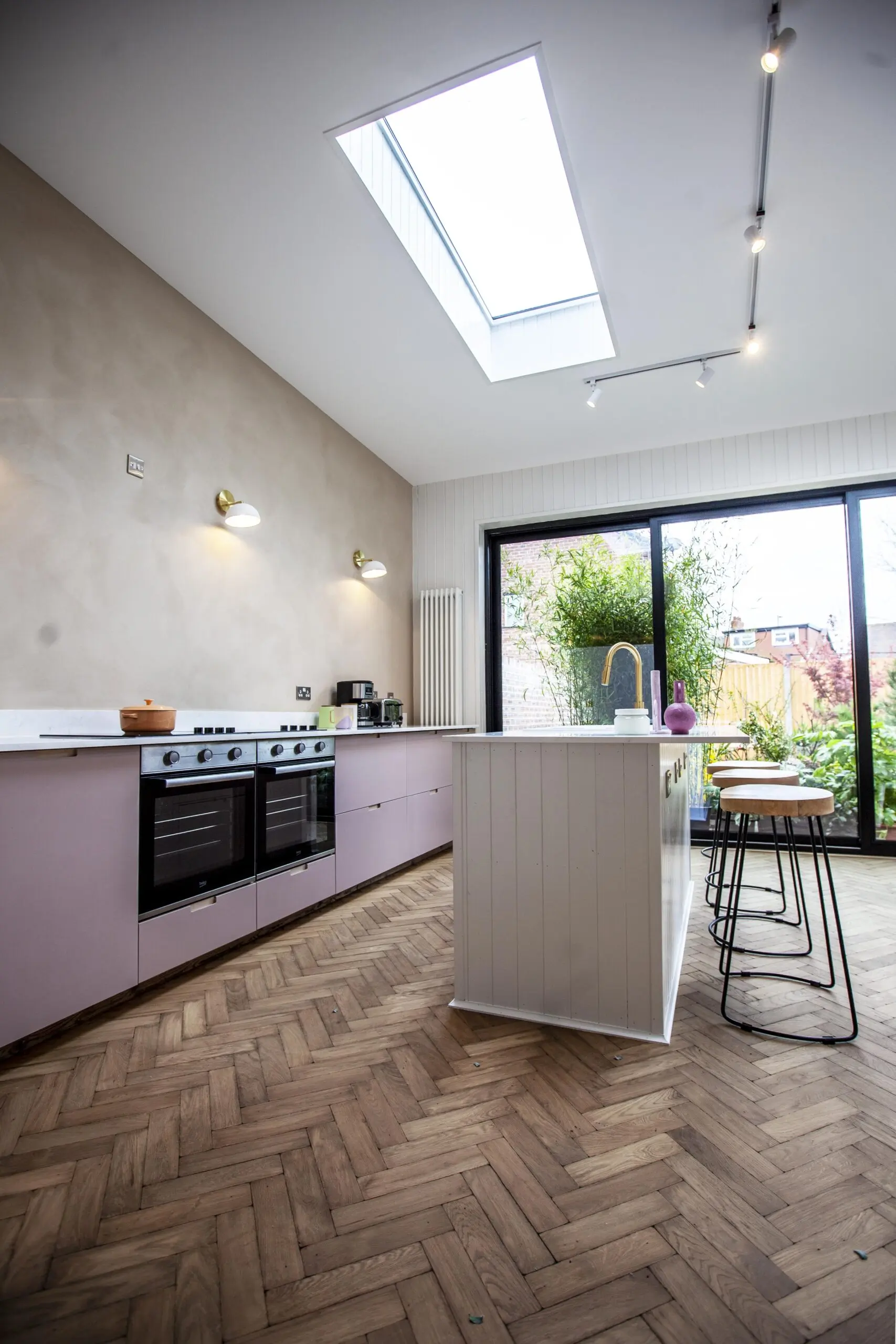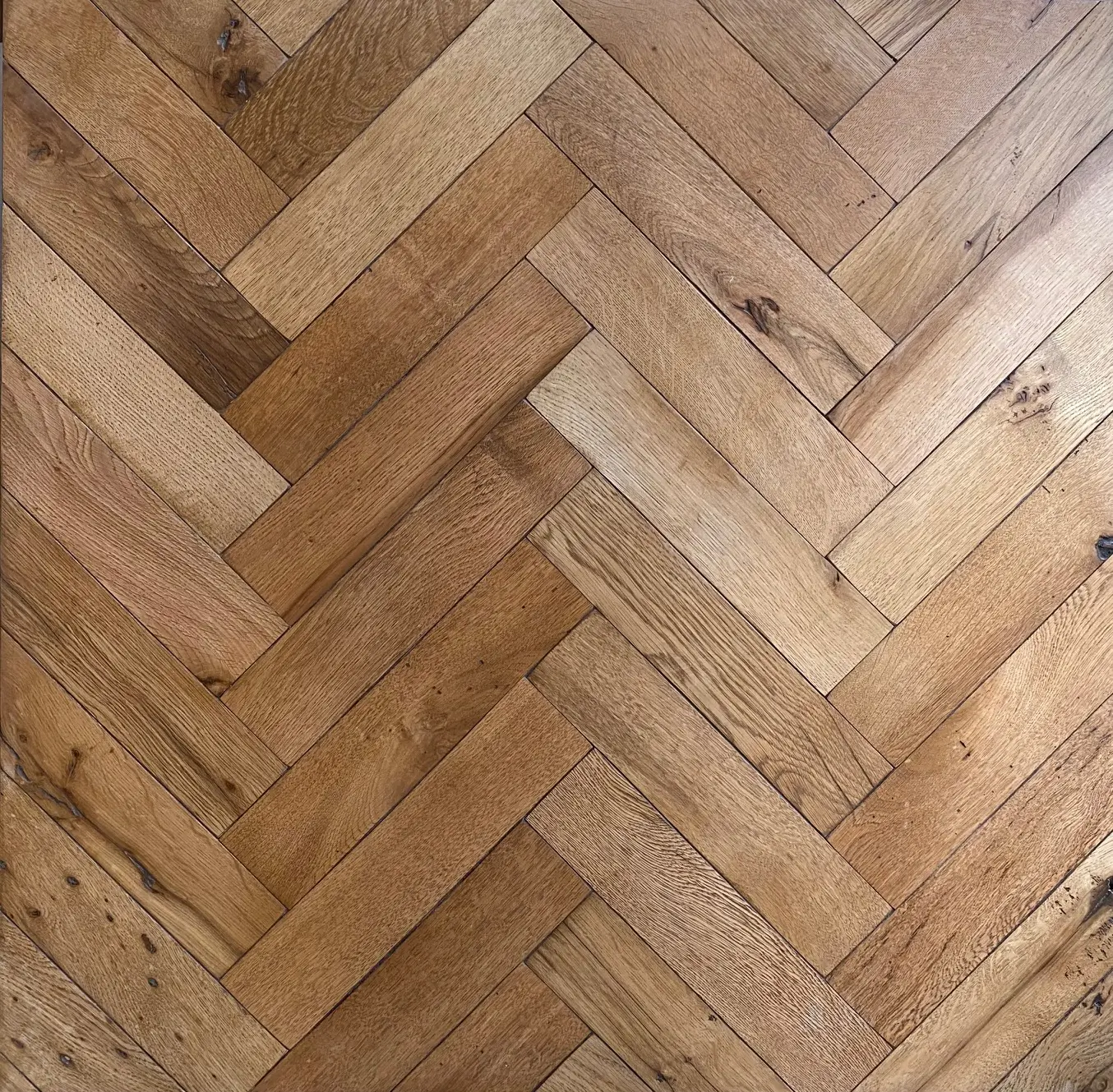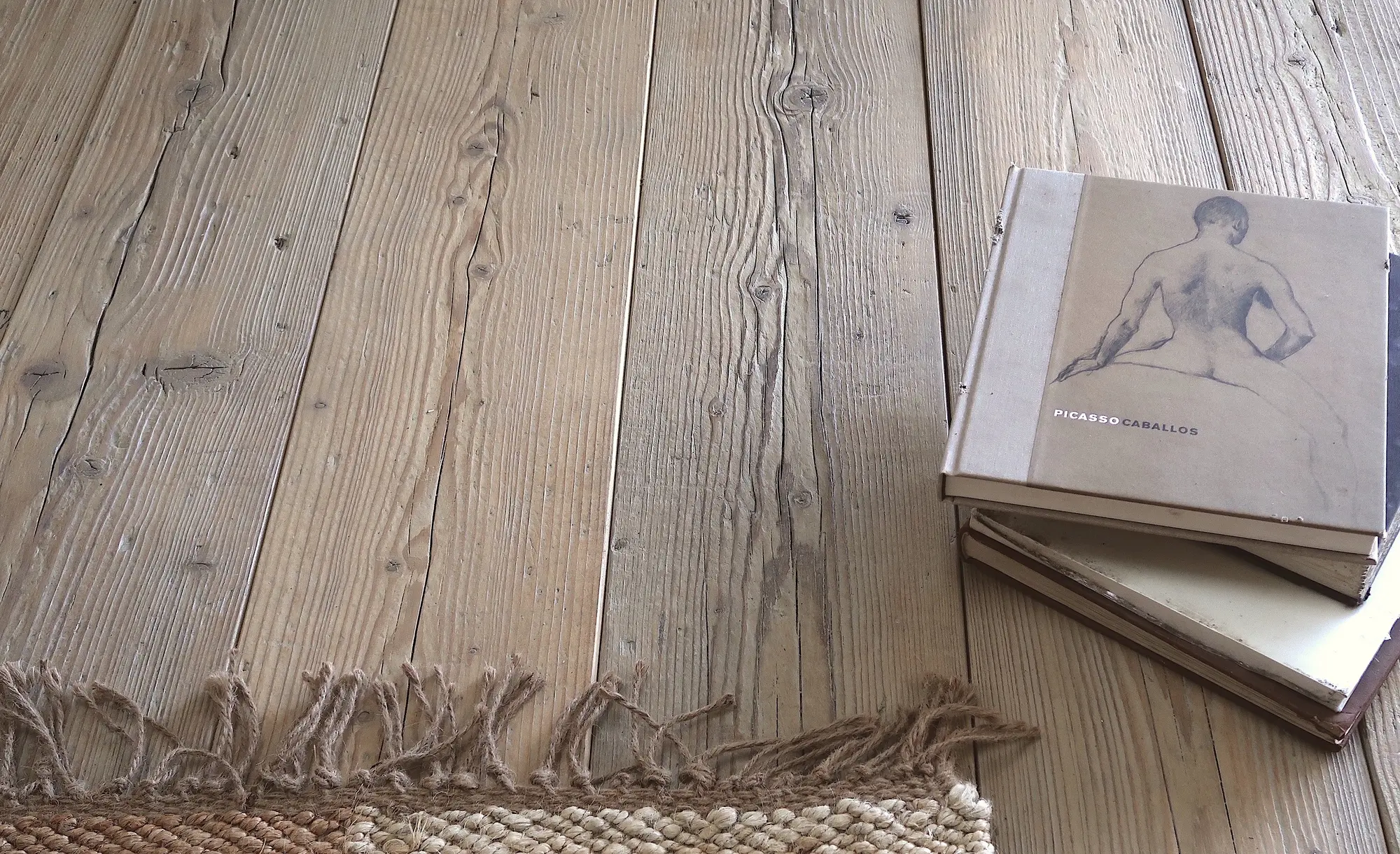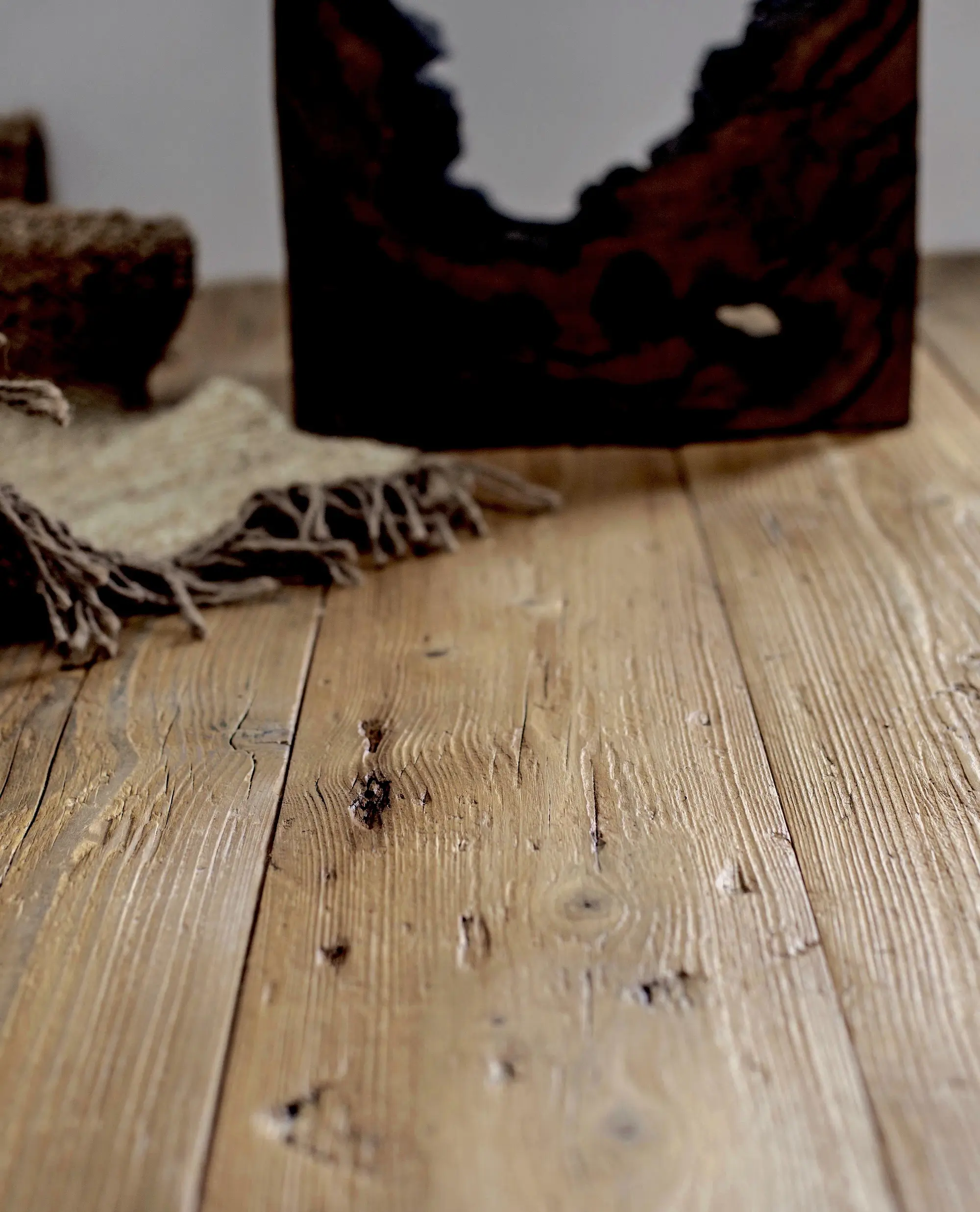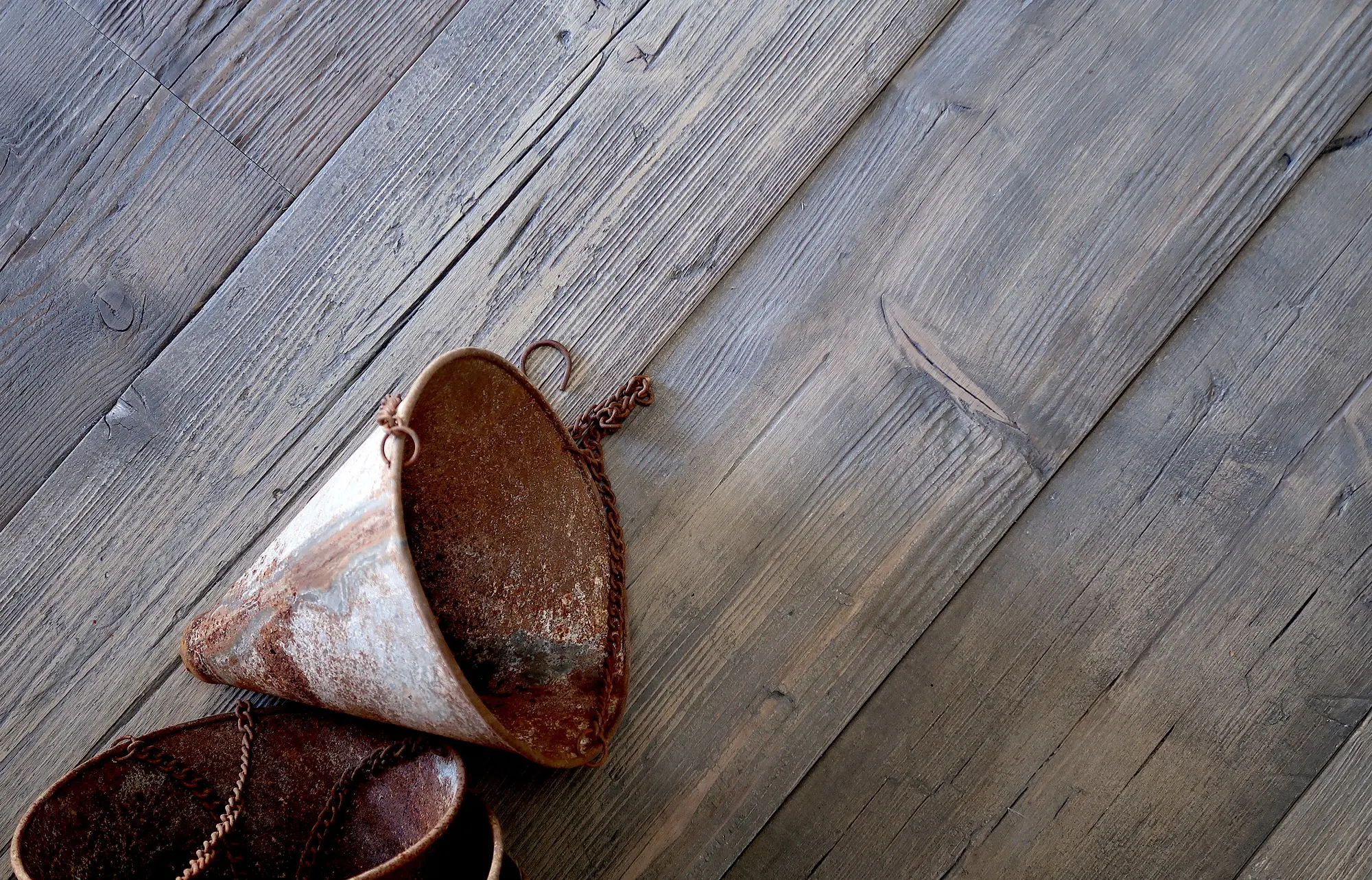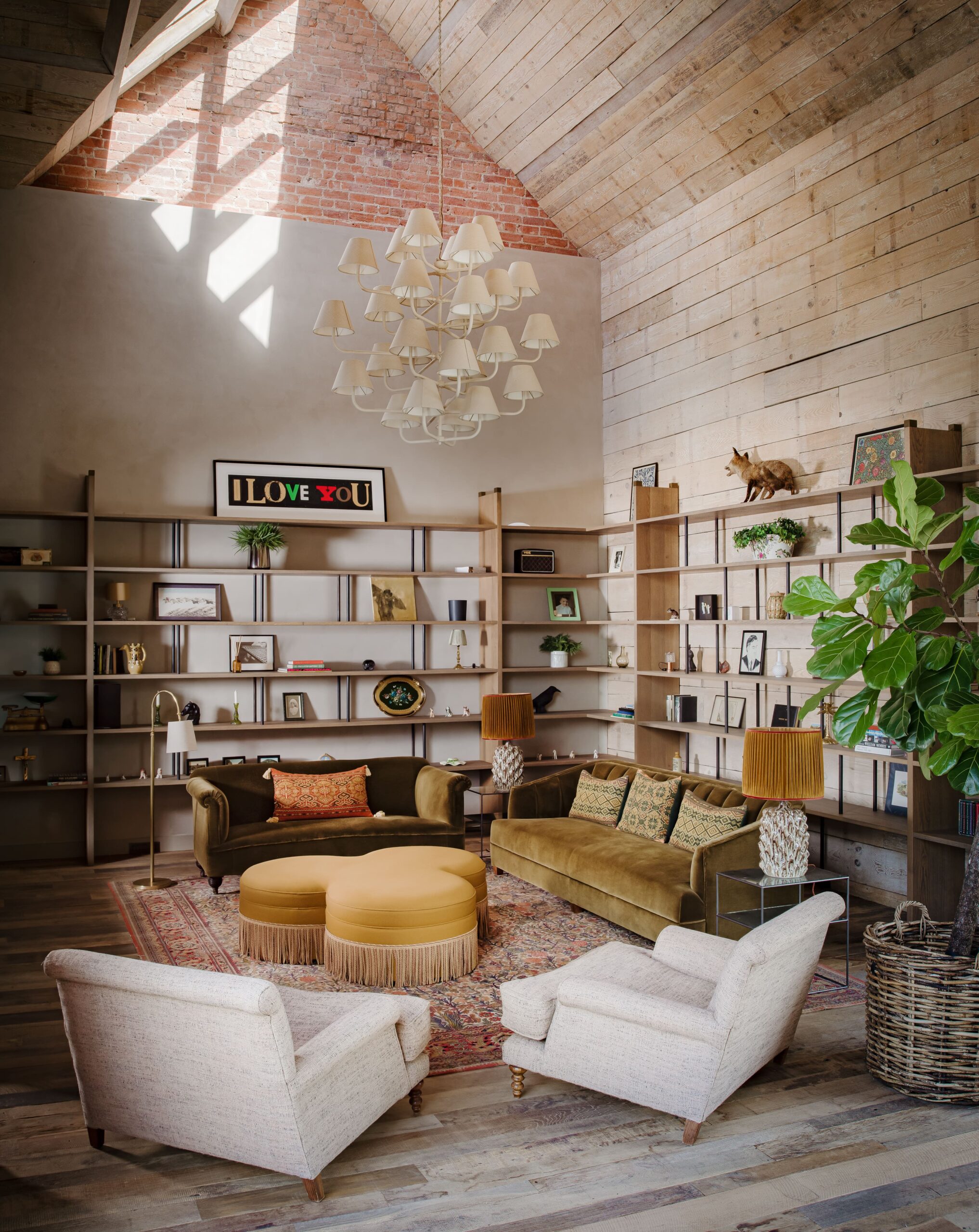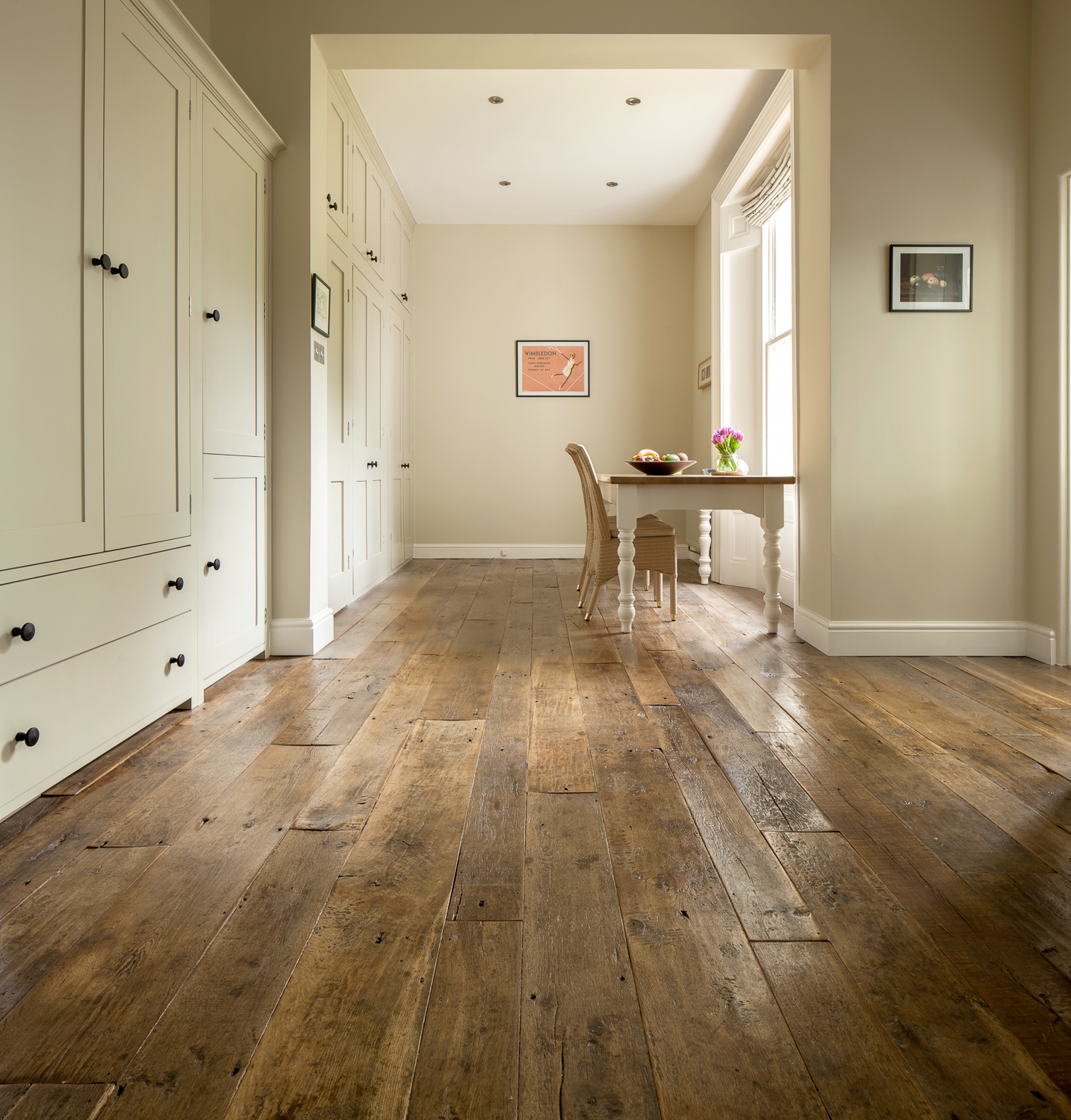
In our fast-paced modern world, where sustainability and eco-consciousness are gaining remarkable prominence, the utilisation of reclaimed wood has emerged as a resoundingly popular choice for interior design and construction endeavours.
With its unparalleled character and environmental advantages, reclaimed wood presents a captivating alternative to conventional timber.
However, as with any material, it is vital to carefully consider both the benefits and potential drawbacks before incorporating reclaimed wood into your living or working space.
Let us embark on a mesmerising exploration of reclaimed wood’s captivating allure while shedding light on some of its inherent limitations.
An Enchanting Tale of History and Character
One of the most enthralling aspects of reclaimed wood lies in its rich and storied past. Each piece carries a unique narrative, having been salvaged from antiquated structures such as old homes, barns, or warehouses.
This history has an undeniable romanticism, evident in the wood’s natural patina, weathered texture, and distinct markings. These marks, borne from years of existence, tell a tale that fresh timber cannot replicate.
The character and charm exuded by reclaimed wood breathe warmth and authenticity into spaces, inviting us into their embrace.
Sustainability and Environmental Advantages
Reclaimed wood is a testament to our commitment to the environment, as it represents an eco-friendly choice that helps reduce the demand for newly harvested timber.
By repurposing wood from aged structures, we decrease the need for deforestation, preserving precious natural resources and mitigating our carbon footprint.
Additionally, employing reclaimed wood reduces waste and champions the principles of reuse and recycling, harmonising harmoniously with the circular economy’s vital tenets.
Strength and Endurance
Another remarkable advantage of reclaimed wood lies in its inherent durability. It is often sourced from old-growth trees and possesses a denser heartwood than the younger trees commonly used in modern construction. As a result, structures utilising reclaimed wood exhibit greater resilience and sturdiness when compared to those constructed with freshly harvested timber.
This inherent strength renders reclaimed wood suitable for a myriad of applications in our homes and workspaces, be it flooring, furniture, or structural elements. Its ability to withstand the test of time is a testament to its unmatched quality and longevity.
An Aesthetic Splendor Beyond Compare
Reclaimed wood showcases an aesthetic appeal that is utterly distinct and unparalleled. Its natural imperfections, such as knots, nail holes, and saw marks, create a visually captivating tapestry that adds character and depth to any given space.
Whether one desires a rustic, industrial, or vintage ambience, reclaimed wood provides a versatile canvas to bring forth one’s unique design vision.
With the expertise of skilled artisans, carefully selected reclaimed wood breathes life into individual projects, ensuring an outcome that resonates harmoniously with one’s artistic vision.
Potential Drawbacks to Consider
While reclaimed wood possesses numerous benefits, it is also essential to acknowledge and consider some potential drawbacks.
One significant aspect is the inherent variability in quality and condition. As reclaimed wood is salvaged from diverse sources, its rate can significantly vary. Additional preparation may be required, such as cleaning, drying, and refinishing. However, these challenges can be transformed into opportunities in the hands of skilled craftsmen well-versed in traditional restoration methods. They can restore reclaimed wood to its former glory, breathing new life into it and allowing for its reuse time and again.
Health and Indoor Air Quality
One of the most remarkable benefits of reclaimed wood is its ability to enhance our well-being. Natural ageing eliminates volatile organic compounds (VOCs) commonly found in freshly milled timber. This, in turn, contributes to improved indoor air quality, rendering reclaimed wood a healthier choice for residential and commercial spaces alike.
The Worth of Investment
While the cost of reclaimed wood can vary, dependent upon factors such as rarity, quality, and sourcing, it often carries a higher price tag than new lumber.
The meticulous sourcing, salvaging, and preparation of reclaimed wood contributes to its increased cost.
Nevertheless, when one considers the long-term benefits and the unique aesthetic value it bestows upon a space, many perceive the investment in reclaimed wood as profoundly worthwhile.
Maintenance and Care
Reclaimed wood necessitates proper maintenance and cares to safeguard its innate beauty and integrity.
Regular cleaning, sealing, and occasional refinishing may be required to protect the wood from moisture, pests, and wear.
Due to its age and exposure to various environments, reclaimed wood may be more susceptible to warping, splitting, or other structural concerns.
However, being aware of and adhering to proper maintenance practices while seeking professional guidance when needed ensures the enduring longevity of your meticulously crafted designs.
Sourcing Challenges and Limited Availability
Discovering a reliable source of high-quality reclaimed wood can pose particular challenges. The availability of reclaimed wood, especially for specific species or large quantities required for extensive projects, can be limited. This scarcity may result in longer lead times and increased costs. However, with dedicated research and the assistance of reputable suppliers or specialists in reclaimed wood, it is possible to procure the perfect pieces that align seamlessly with the requirements of your unique project.
In Summary
Reclaimed wood is a testament to the beauty inherent in sustainable and conscious design. Its rich history, unique character, and environmental benefits make it an attractive choice for those seeking authenticity and charm within their spaces. Despite the potential challenges surrounding quality and availability, the allure of reclaimed wood remains undeniably strong.”



